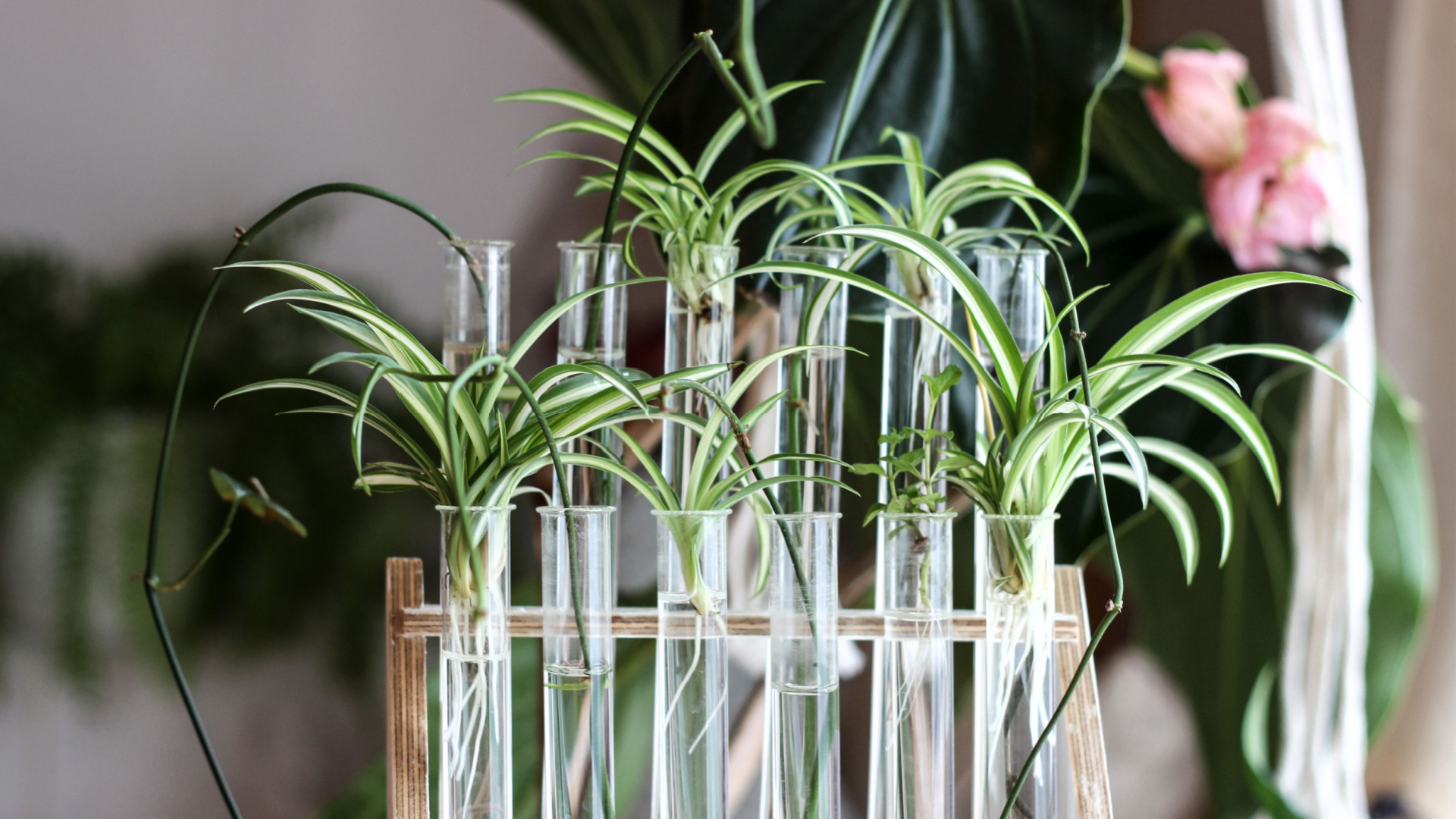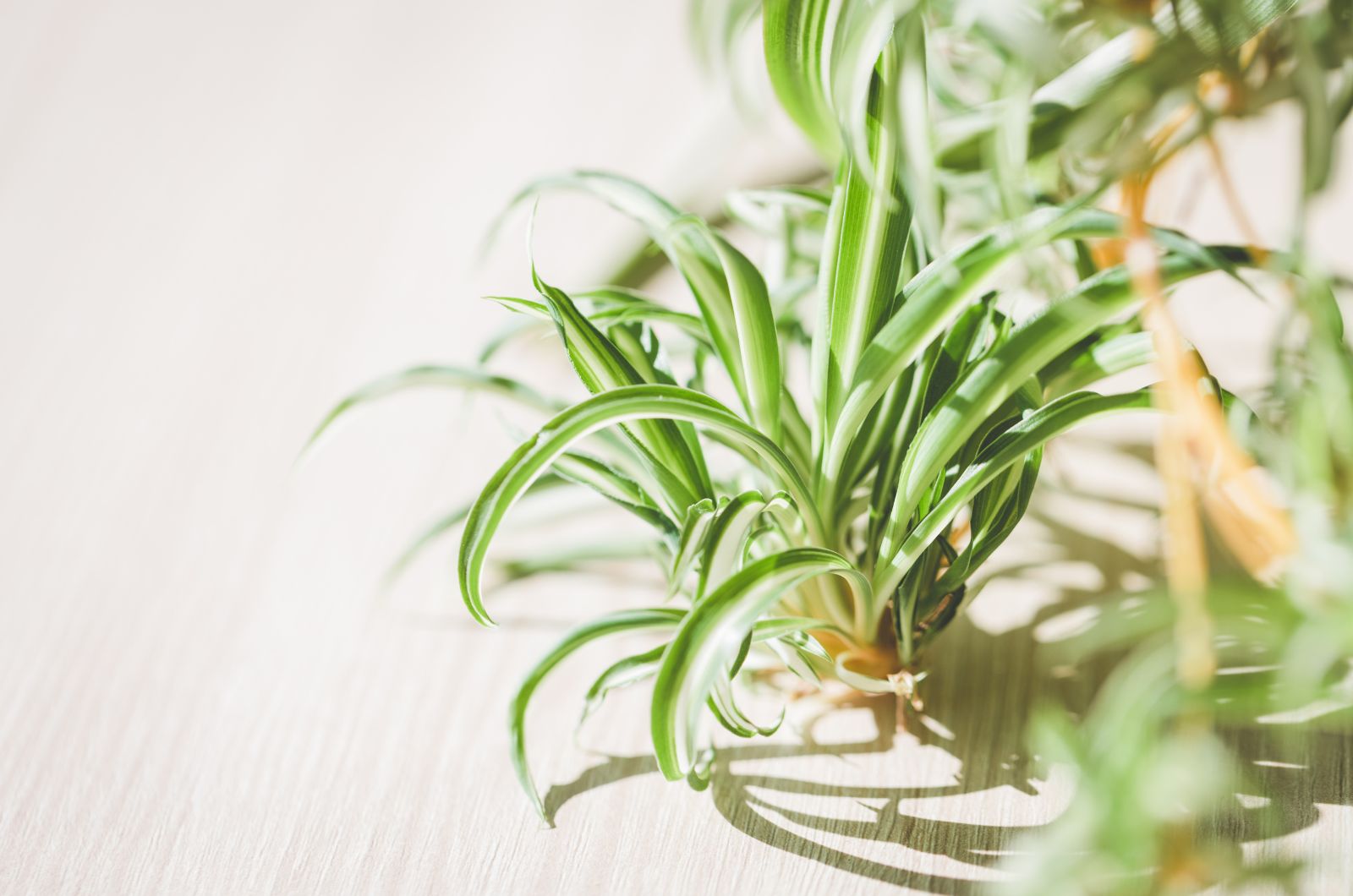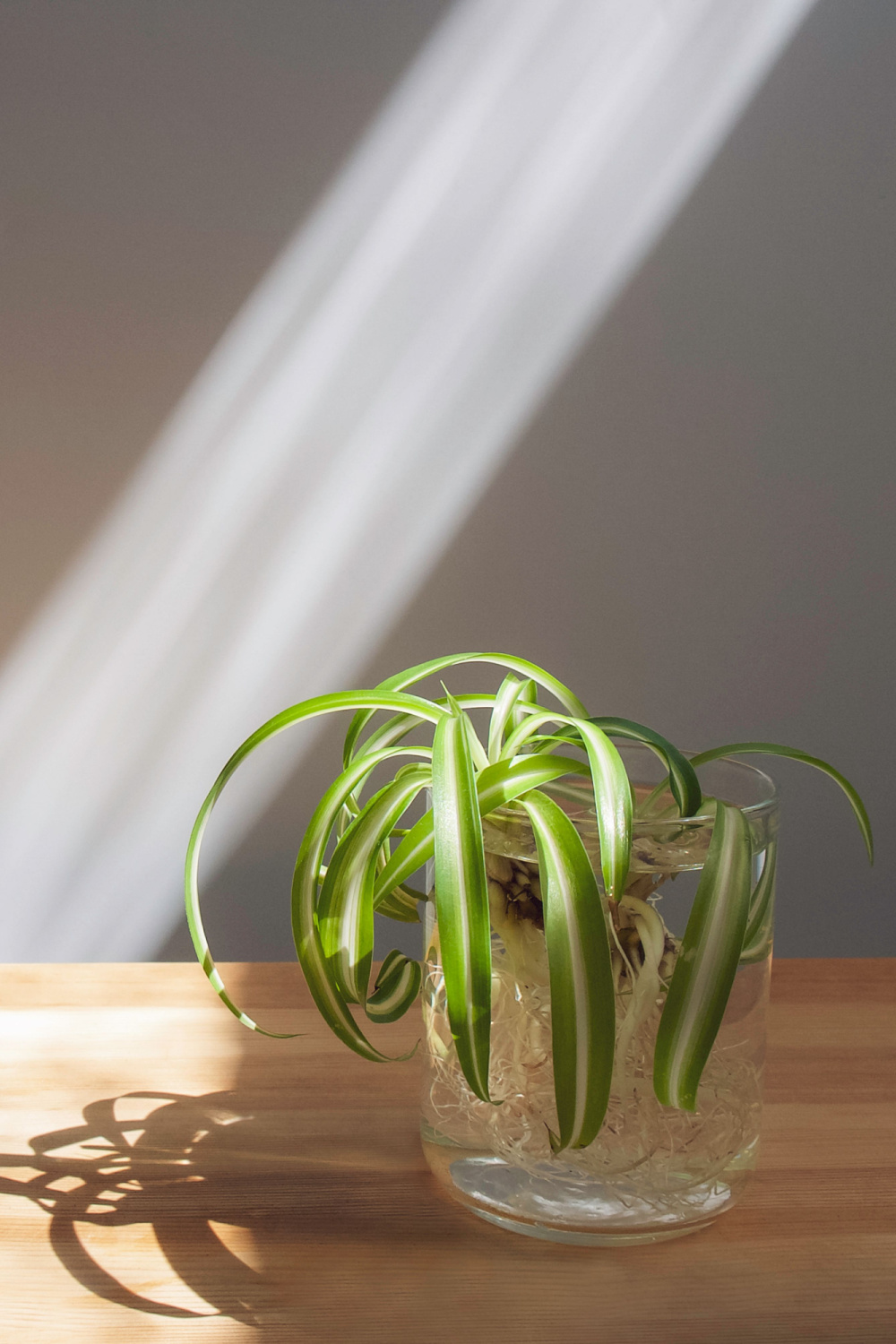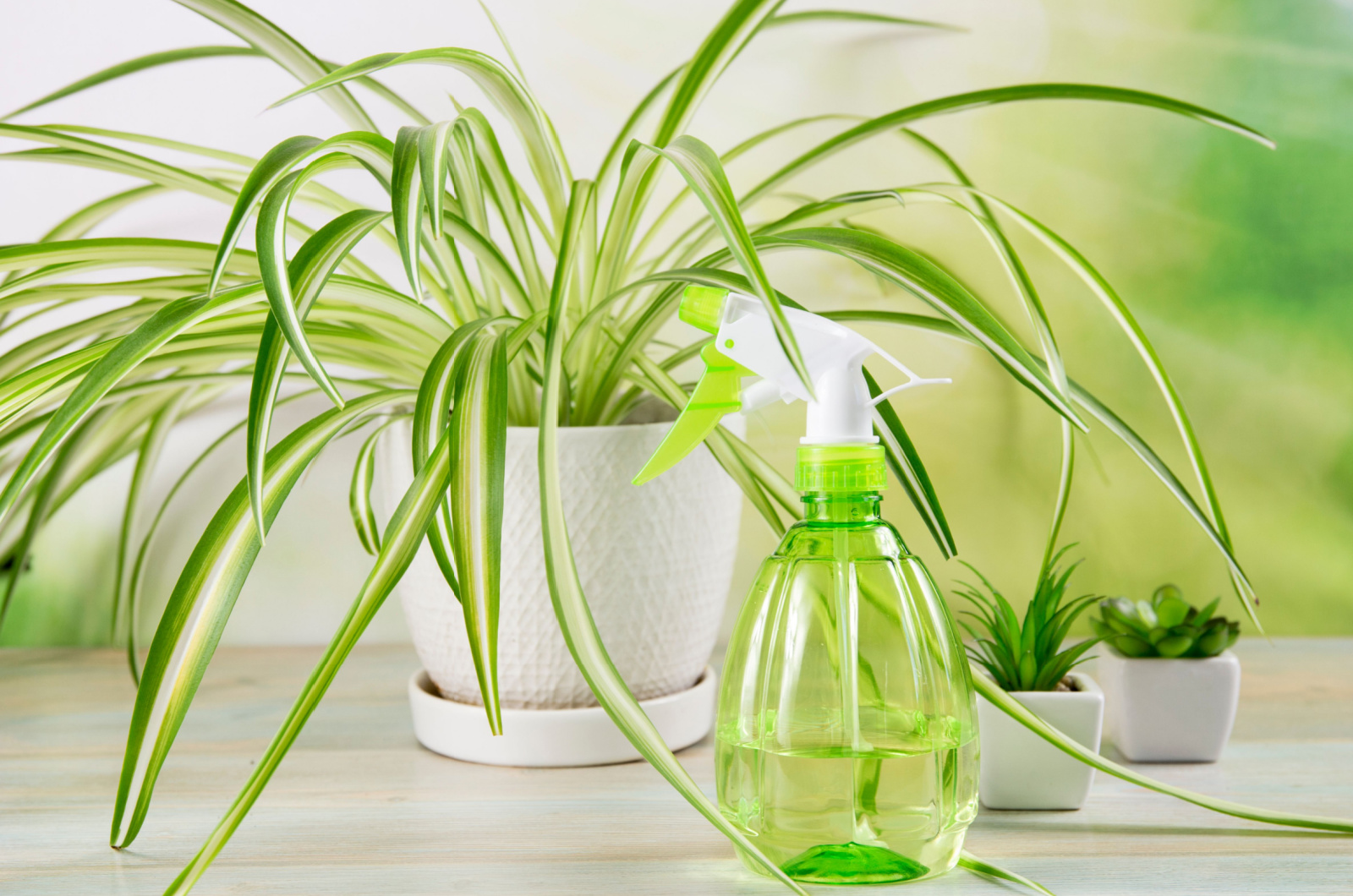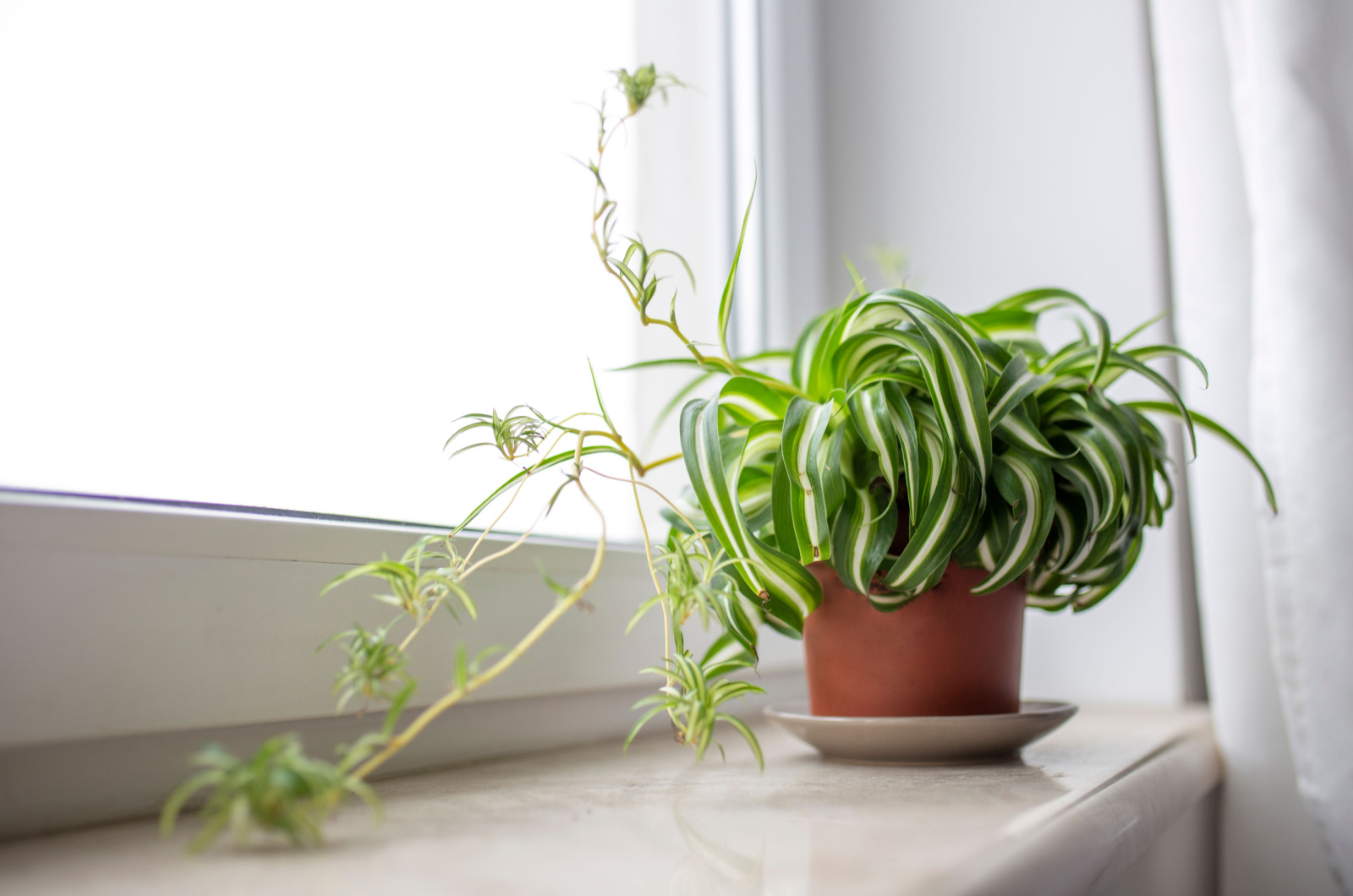Mastering plant care for the varieties you own makes you an amazing gardener. Yet, there is one thing we often neglect even though it is essential – propagation.
Multiplying your houseplants can be such a joy and help you use parts you naturally discard when pruning. This is especially true when it comes to spider plants!
These beauties produce tiny replicas of themselves on their stems that you have to get rid of if you want a clean look. Luckily, you can multiply these spider plant babies and get more of these gorgeous houseplants.
Here’s how to do it and care for them afterwards!
Spider Plant Babies
There are a few different spider plant varieties, but one thing they have in common is producing tiny plantlets or babies.
They look the same as their mother plant and, if you let them grow a bit, you can cut and propagate them without issues.
With a little bit of water, sunlight, and a well-draining growing medium, these spiderettes will develop into adult cascaders and decorate any space!
How To Propagate Them
The best time to propagate these plants is during their growing season (spring and summer). Yet, spider plants are such easy growers that you can do it any time of the year and be successful.
You have two options when it comes to multiplying them – chuck the babies in soil or water.
Both methods start the same. Take a sharp knife or pruners and remove the plantlets from the mother plant. The good news is that you’ll get new plants whether you remove them close or far away from their base.
The stem (stolon) has the ability to produce more new plants, so bear that in mind if you’re propagating for a larger group!
When propagating spiderettes in water, fill a glass container with dechlorinated water. Place your spider plant baby in it, ensuring only the bottom, not the leaves, touches the water.
If you want to multiply them in soil, fill a pot with seed-starting mix, moisten it, and plant the babies in it.
Then, move your spiderettes to a warm spot with indirect light no matter which method you use. Direct sun is too harsh for them and can burn their leaves, hindering their growth.
Check your spider plant babies often to see whether they have developed roots. You can leave the water propagated ones in water or move them to a potting mix.
Pro tip: Replace the water every couple of days or whenever it gets murky. If you want to leave your spider plants in water, make sure to use a proper fertilizer so that they can grow.
Quick Care Tips
Now that you know how to produce your own houseplants, it is time to learn more about spider plant care. They’re one of my favorites because they don’t need too much care.
Here’s how to keep them happy, healthy, and thriving!
Sunlight
Whether you’ve just propagated your spider plant babies or you have adult plants, make sure to keep them in indirect sunlight.
Established spiders can tolerate brighter light levels, but make sure they’re not in direct sun. It will burn their leaves and weaken your green buddy.
Water & Humidity
If you don’t want to deal with an overwatered spider plant, only irrigate them once the topsoil dries out.
You can check this by using a moisture meter or pushing your finger into the soil. If it’s moist, give it a day or two before checking again.
And don’t forget about humidity. These plants are native to the tropics, so you should ensure they always have about 50-60% air moisture around them. You can raise your indoor humidity by using a humidifier or misting your plants from time to time.
Temperature
To keep your spider plant healthy, keep it at temperatures between 70-90°F. If you live in USDA zone 9 or above, you can keep them outside all year long.
For colder climates, take your spider plant indoors once the temperatures start dropping below 65°F.
Soil & Fertilizer
Keep these houseplants in an aerated, loose, well-draining, and fertile potting mix and they will flourish.
To encourage fast and healthy growth, apply some regular houseplant fertilizer 1-2 times per month.
If you want to make feeding even easier, try pellets – you only have to use them every 3-6 months!
Pruning
You’ll need to prune your spider plant whenever you notice damaged, discolored, and dead leaves. This will stop it from wasting its energy on them and encourage it to produce new growth. Do this type of maintenance anytime of the year.
Regular trimming is also a way to make your spider plant bushier or to control its size. In either case, you should restrict it to your plant’s growing season so that it can recover faster.And finally, always remove the leaves as close to the plant base as possible to keep its good looks intact.

